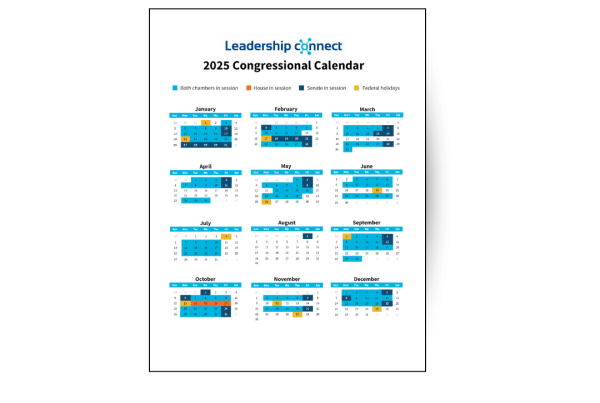
By Andrew Ramos-Flynn & Maeve Sockwell
With a new administration comes new policy initiatives, and with new policy initiatives come new emphases on the structuring of personnel and budget. During transition years, it is common for new administrations to submit their budgets a little late. Incoming presidents typically submit a general proposal by the February deadline, but include more substantive detail in the following months. With the added complications of addressing COVID-19 spending — and working with a Congress that might be off to a slower start due to the Georgia run-offs — a complete FY22 budget request may not be revealed until well into Spring. But what will a Department of Defense budget look like under President-elect Joe Biden?
Expect a shift from an over-funded defense environment to one where annual budget decrement exercises are the norm. President Donald Trump’s proposed FY22 budget outlined $721.9 billion in Pentagon spending, exceeding the $705.4 billion request for FY21. However, according to the Center for Strategic and International Studies’ Senior Advisor for the International Security Program, Mark F. Cancian, a “Biden FY 2022 budget proposal would likely cut defense spending by about 5%, or $35 billion, to be phased out in over five years.”
Regardless of the exact dollar amount, Leadership Connect is keeping an eye on potential areas for growth in the DOD. In addition to the continued focus on modernization and near-peer threats, here are a couple policy priorities and some positions to look out for in the next administration:
Climate Change: A focus on climate change as a national security concern will be a key policy difference from the Trump administration. Climate change is often discussed in domains of energy and economy, but it also relates to defense issues and will compete for resources against traditional defense initiatives.
Biden’s $1.7 trillion climate proposal would direct the Office of the Secretary of Defense and Chairman of the Joint Staff to report directly to the president with annual defense strategy reviews to manage climate threats. The plan also outlines collaboration between the secretary of defense and the national security advisor to address security concerns brought on by climate change.
Addressing climate change could increase the importance of research and development roles and positions such as the assistant secretary of defense for energy, installations, and environment. Keep an eye on the probable elevation of climate advisory roles and the emergence of new climate-related positions among department and agency levels. Already, we have seen the creation of new top climate positions within the White House: special presidential envoy for climate at the National Security Council to be filled by John Kerry, as well as the creation of a White House Office of Domestic Policy to be headed by Gina McCarthy.
On the budget front, we can anticipate more funding toward climate resiliency issues — ensuring military installations can respond effectively to environmental issues like flood damage, drought, and extreme weather.
Supply Chains: The Trump administration has emphasized onshoring and securing supply chains, which will continue to be a vital focus within the next administration.
Considering the failure of personal protective equipment (PPE) supply chains, the pandemic has served as a wake up call to the defense community. DOD officials also note that reliance on China as the singular or primary supplier of certain chemicals needed for ammunition puts long-term military efforts in a precarious position. Efforts to identify areas of dependency, especially in the realms of artificial intelligence, cyber and 5g, and to bring those sources home to the U.S. will be a defense priority under Biden.
In February 2018, DOD’s Acquisition, Technology and Logistics split into separate organizations —Acquisition and Sustainment and Research and Engineering — to address emerging technologies and maintain existing acquisition systems. Part of the restructuring elevated the assistant secretary of defense for industrial policy (formerly manufacturing and industrial base policy), aimed at combating China on industrial base issues. It will be interesting to see if Biden makes any changes to the acquisition reform enacted from the FY21 NDAA (National Defense Authorization Act), but in the meantime these roles will continue to serve as key implementers and advisors.
The urgent push for supply chain management is a pressing matter for agencies beyond DOD. NextGov highlighted lax security protocols uncovered by the Government Accountability Office before the SolarWinds Orion software breach. The GAO report called for 23 civilian agencies to take urgent action to manage supply chain risks and specifically mentioned guidance from the National Institute of Standards and Technology (NIST), along with the Office of Management and Budget and OMB-chaired, multi-agency Federal Acquisition Security Council.
While President Trump utilized tariffs and favored an America-first approach, the president-elect’s multilateral strategy diverges. To carry out the administration’s defense initiatives, the Biden team will bring in appointees with prior government experience who are familiar with bureaucracy and will embrace American allies.






